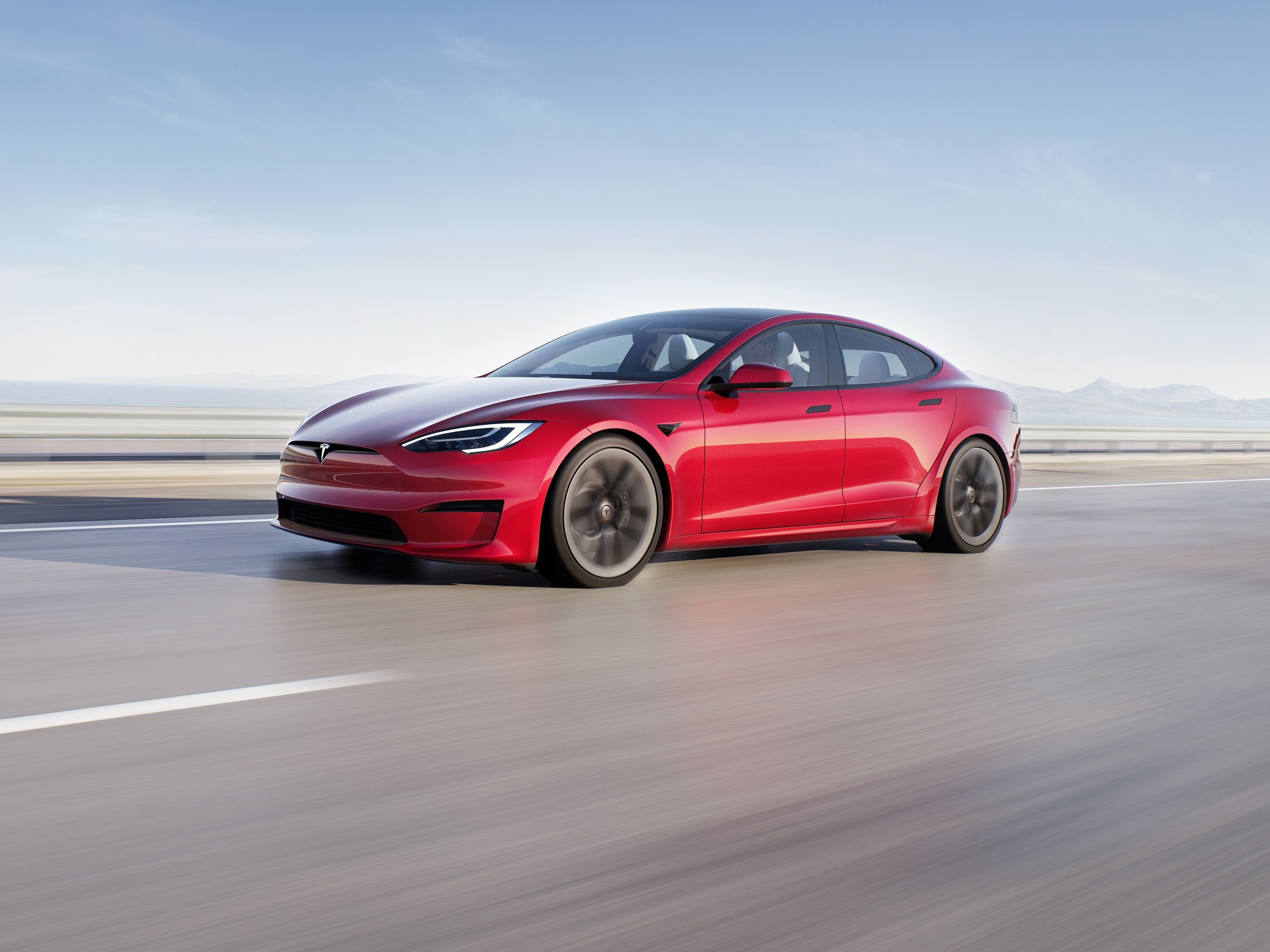
New information has come to light regarding the fatal Tesla Model S crash that took place last month in Texas. The incident raised new concerns about Autopilot as firefighters on the scene found that neither of the two occupants on board was in the driver's seat. The National Transportation Safety Board (NTSB) has now released its preliminary report into the accident but emphasizes that the investigation is ongoing and no final conclusions should yet be drawn from the crash. However, the NTSB's initial findings do contradict initial claims about what unfolded in the Texas crash.
According to the NTSB, the Tesla Model S P100D was equipped with Autopilot which includes Autosteer and Traffic Aware Cruise Control. However, the NTSB's tests in another car found that at the specific crash location, only Traffic Aware Cruise Control could be engaged, not Autosteer. Further to this, footage from security cameras situated at the Tesla owner's residence indicated that the driver did indeed get behind the wheel before the car entered the roadway.
Considering that the Model S only traveled 550 feet before the crash, these findings both indicate that not only was the driver behind the wheel but that Autopilot could not have been active.
For Autopilot to have been active, both the Autosteer and Traffic Aware Cruise Control systems would have to have been engaged simultaneously. These findings are consistent with Elon Musk's claim that Autopilot was not active at the time of the accident. Although the Model S has a restraint control module that records data like speed and airbag deployment, this car's module was damaged in the ensuing fire. Both the module and the Tesla's steering wheel are being further analyzed by the NTSB. More information is still being gathered about aspects like seat belt use, postmortem toxicology results, and the fire. As things stand now, though, it appears Autopilot isn't to blame.
